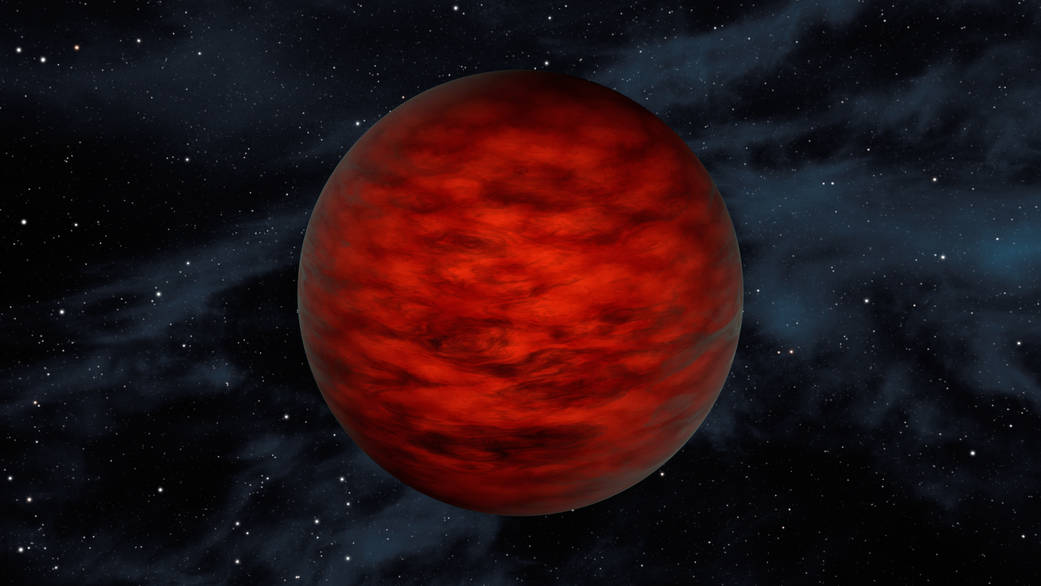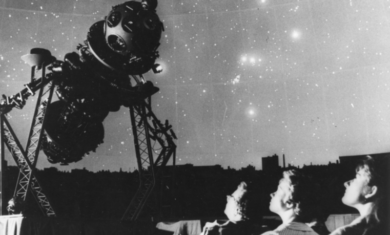Adler Skywatch: May 2024

Header Image: An enhanced image of the constellation Boötes the Herdsman, with the lines between the stars drawn to show the constellation. Boötes the Herdsman will be visible in the east-southeast sky in May, 2024.
The planets may be hard to see, but there’s still a lot to look for in the night sky this month, May, 2024.
The two brightest planets, Venus and Jupiter, appear too close to the Sun this month to be readily observable. To see any of the other planets in our solar system without using optical aids, you’ll need to look shortly before dawn this month.
Stargazing For Early Risers
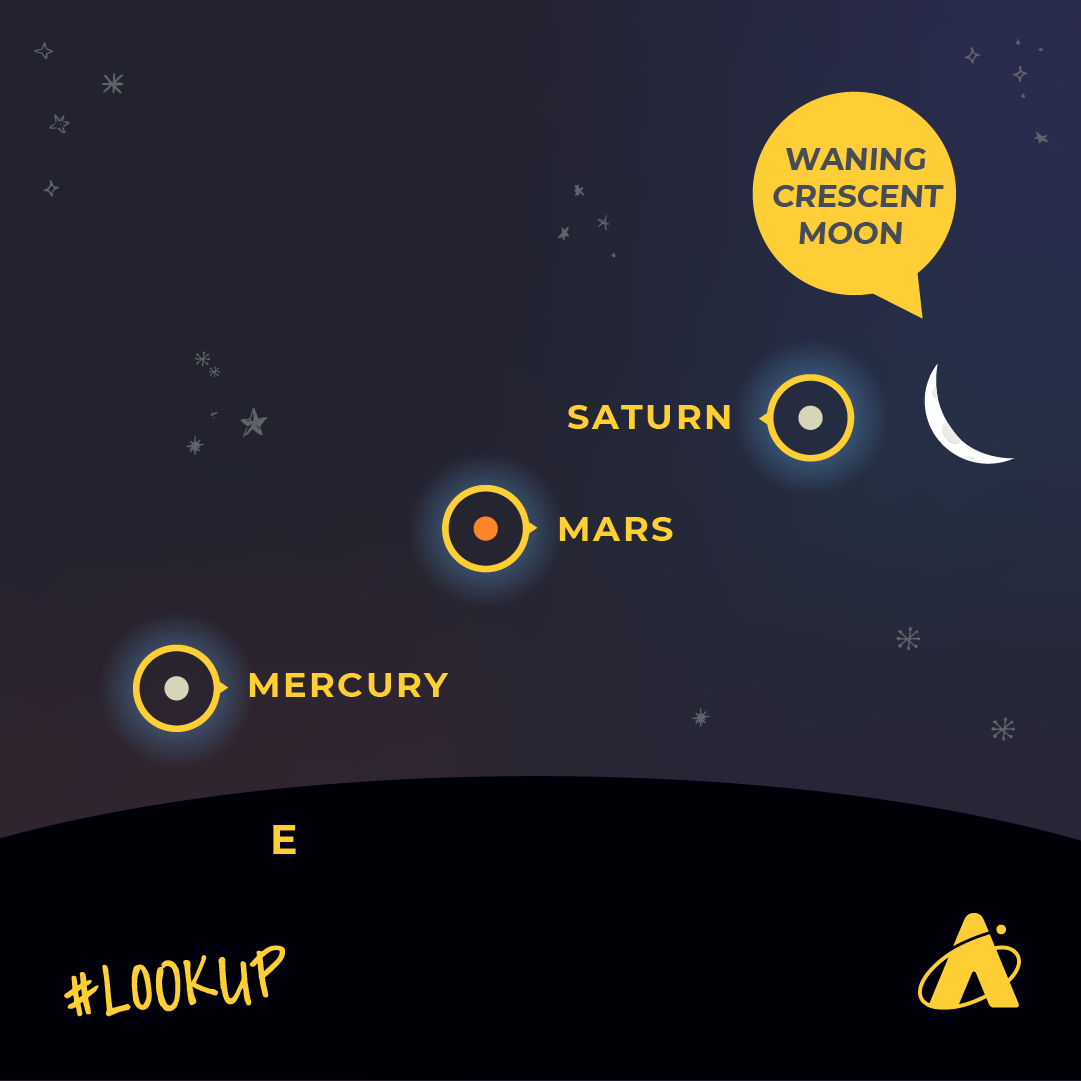
The planet Saturn rises in the east-southeast at the beginning of morning twilight early in the month, and later in the month, it rises shortly before the start of morning twilight. It shines at slightly below magnitude-one, which makes it brighter than any star within 50 degrees for the first half of the month. When Saturn gets about 15–20 degrees above the horizon, look slightly below and to the left to spot the planet Mars. It, too, is shining slightly below first-magnitude. You can also distinguish the two by color—Mars is more noticeably orange, while Saturn is more of a pale tan color.
Early in the month, Mars and Saturn appear about 15 degrees apart. Before dawn on May 4, a waning crescent Moon appears between Saturn and Mars. The two planets appear to gradually move apart from each other as the mornings pass. By the end of the month, Saturn and Mars appear more than 30 degrees apart. The last morning of the month, Saturn appears very close to a waning crescent Moon.
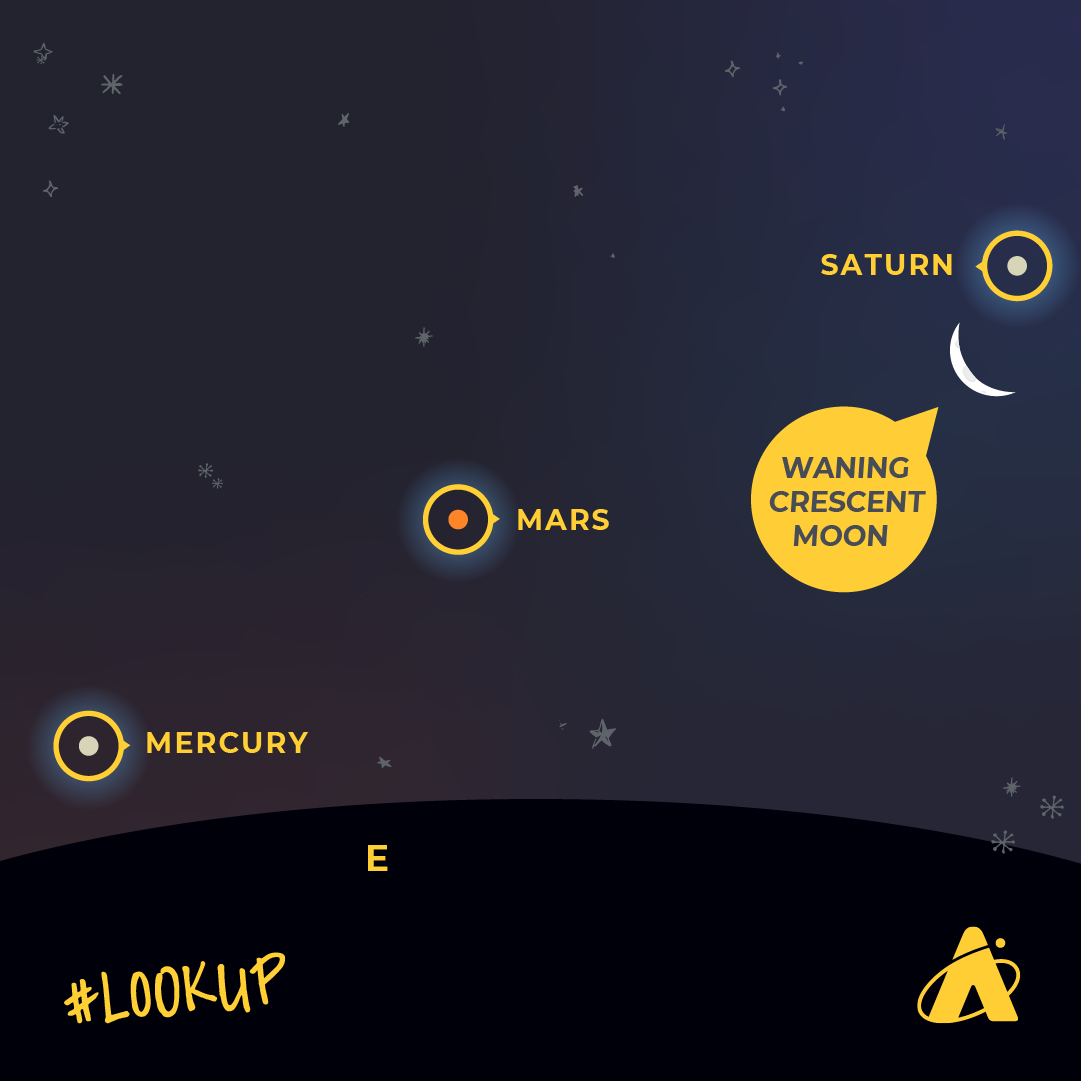
If you trace an imaginary line from Saturn down past Mars, very close to the eastern horizon, you may be able to spot the planet Mercury! It’s a little brighter than both Saturn and Mars this month—but Mercury is very close to the Sun and each morning the Sun rises a little earlier. So Mercury is very difficult, if not impossible, to see in the Sun’s glare. To protect your eyes, do not look for Mercury within a half-hour of sunrise.
About halfway through the month until its end, if you’re still up before dawn looking at planets, you may notice a star about 25 degrees to the lower-right of Saturn. That’s Fomalhaut, the brightest star in the constellation Piscis Austrinus, or the Southern Fish. Fomalhaut is usually known as an autumn star. The winter season has many bright stars in the night sky; and summertime has the bright Summer Triangle asterism. In fall, there are not many bright stars in the evening sky. We start seeing Fomalhaut in the morning in our spring skies and it will rise a little earlier each day until we see it in our early-evening fall skies.
Evening Stargazing
Evenings in springtime have their own bright stars too. One of the night sky’s brightest stars, Arcturus, is in the constellation Boötes the Herdsman. This month, it’s high in the east-southeast during evening twilight. About 30 degrees below and to the right of Arcturus is Spica, the brightest star in the constellation Virgo the Maiden. The night of May 19, a waxing gibbous Moon appears near Spica.
Another bright spring star to look for is Regulus, the brightest in the constellation Leo the Lion. It’s high in the southwest sky during evening twilight this month. The night of May 15, it’s near a first-quarter Moon.
Moon Phases
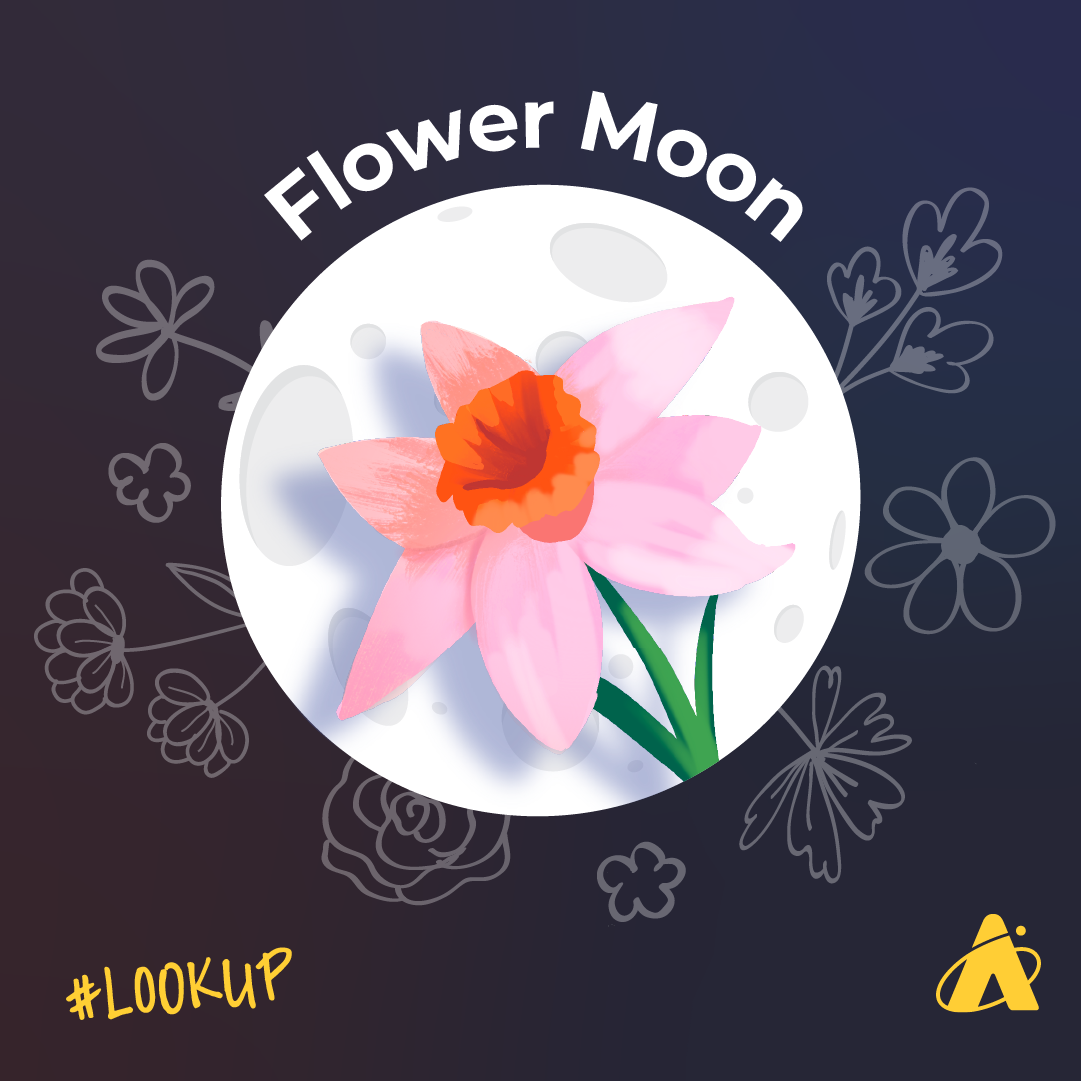
Last Quarter Moon: May 1
New Moon: May 7
First Quarter Moon: May 15
Full Moon: May 23
Last Quarter Moon: May 30
Please note: these descriptions are for the Chicago area, using Central time.
Subscribe To Skywatch Wednesday This May!
Tour the sky with the Adler Planetarium’s Theaters Manager, Nick, in Skywatch Wednesday. Nick uses cutting edge visualizations, NASA images, and astrophotography to show you what you can see in the night sky throughout the year.
Check out Nick’s latest episode for your ultimate guide to spring stargazing and the April solar eclipse! Don’t miss your chance to see Orion the Hunter and learn how to find constellations like Leo, Ursa Major, Boötes, and Virgo; and so much more!
Learn From Our Astronomy Educators!
Watch exclusive live episodes of Sky Observers Hangout this May! Learn how to observe upcoming cosmic happenings, enhance your astrophotography skills, and see celestial objects through a telescope virtually with our astronomy educators.
In our latest episode, Michelle and Hunter share everything you need to know to prepare for the total solar eclipse that passed across North America on April 8, 2024. Special guests from NASA Edge, Southern Illinois University, and by legendary meteorologist Tom Skilling so to help you get equipped to eclipse!




